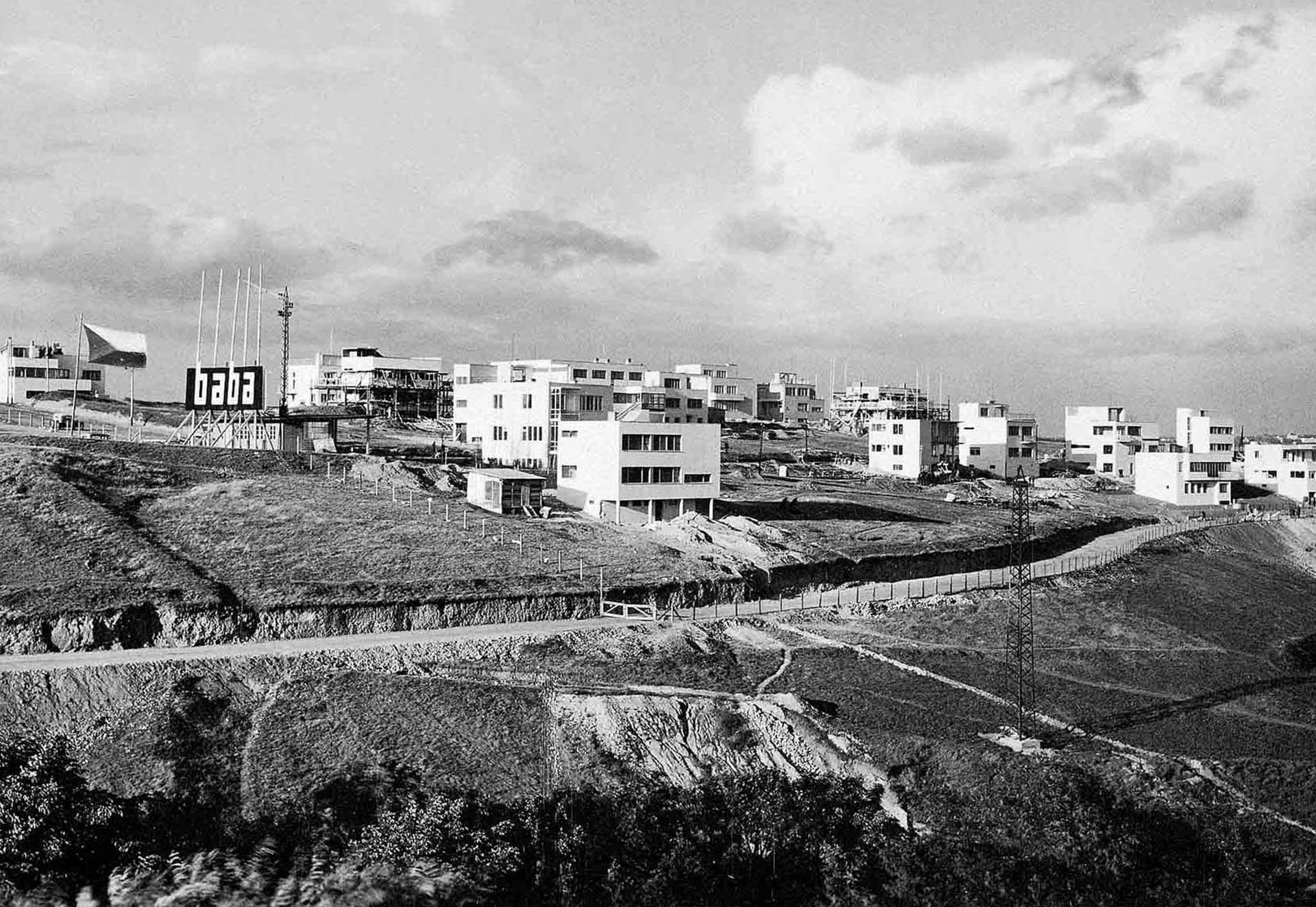Although the city of Prague is mainly famous for its impressive Baroque buildings, it also boasts many modern architectural masterpieces, such as the Baba Experimental Housing Estate, which defined functionalist architecture between the two world wars not only architecturally but also socially, aesthetically and technically.
In 1927, Deutsche Werkbund introduced its first experimental housing estate in Stuttgart, offering a practical and affordable housing solution to the problem of housing shortages after World War II. The Baba Experimental Housing Estate with thirty-three residential buildings was built between 1932-36 under the leadership of architect Pavel Janák. Its urban and landscape architectural solutions are valuable examples of functionalist architecture in which the design of residential houses has been created by a dialogue between architects and prospective owners. The ideas implemented in the Baba Housing Estate, people-centered design and rational solutions have greatly contributed to the spread of the functionalist approach not only in Czechoslovakia but also in other European countries.
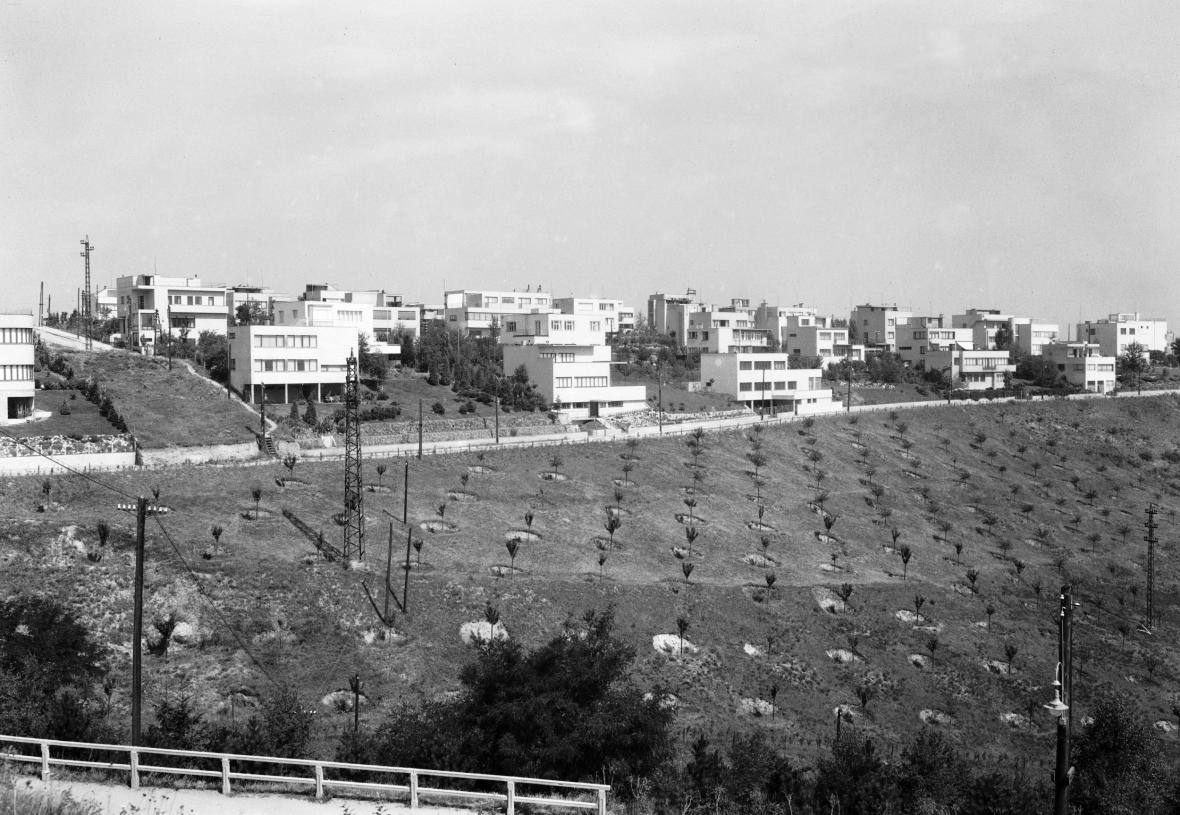
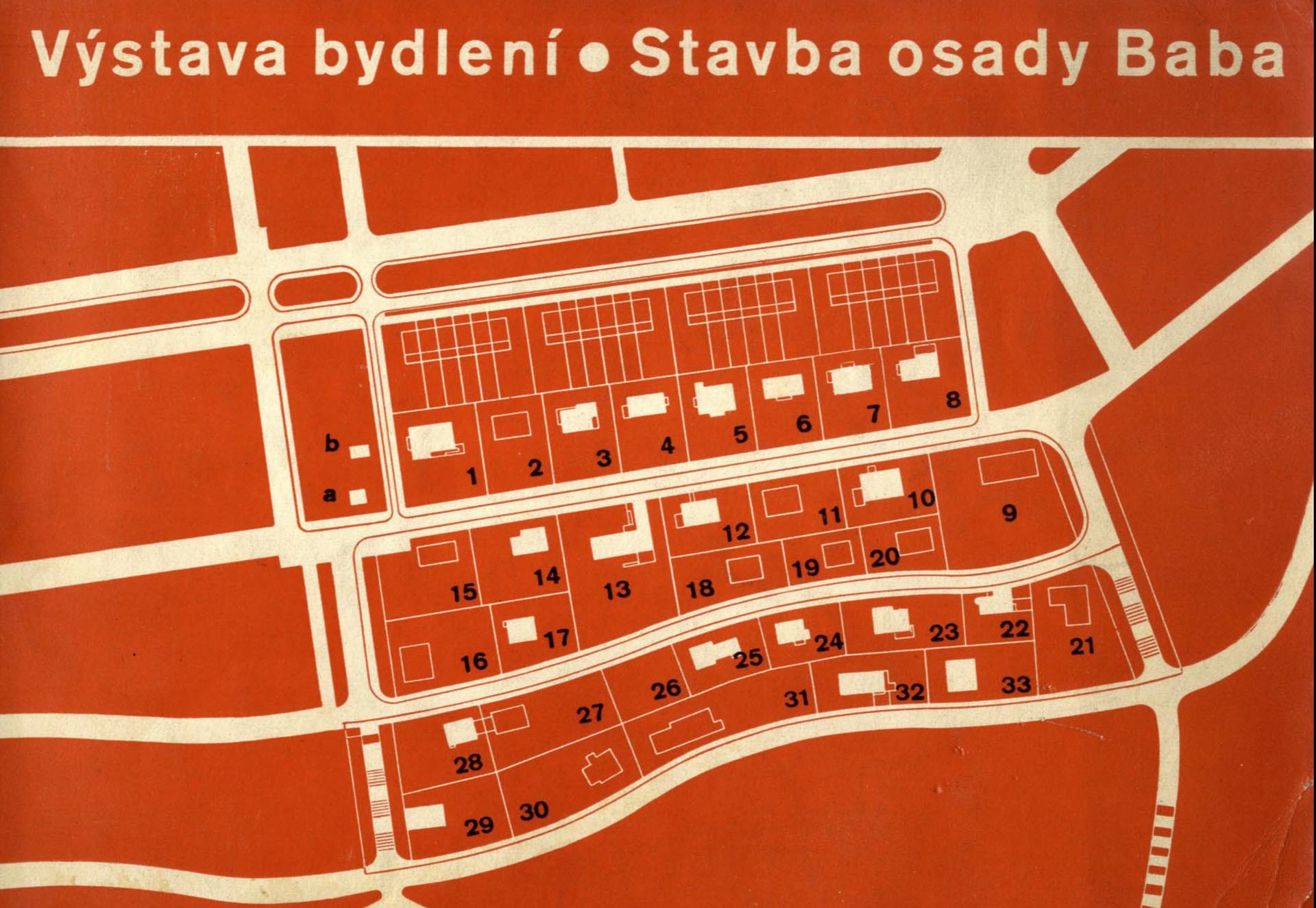
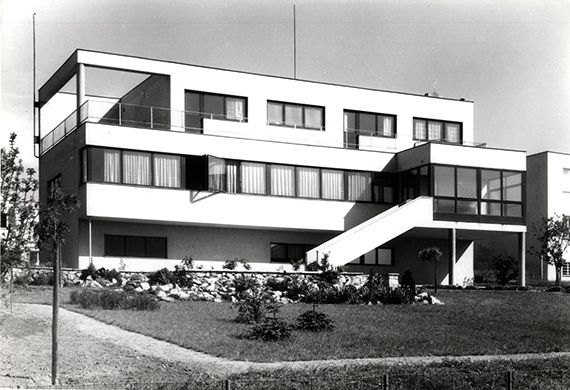


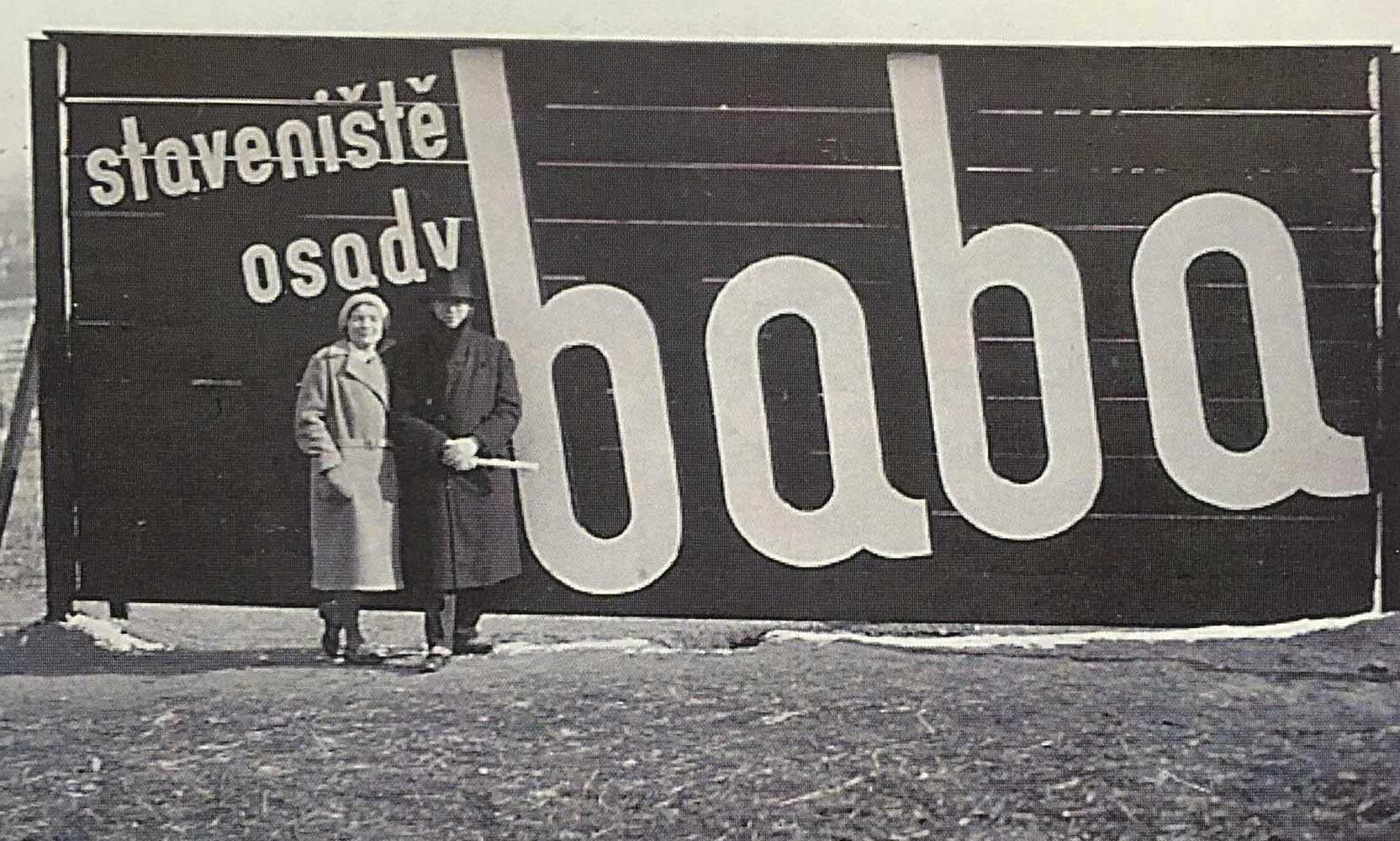
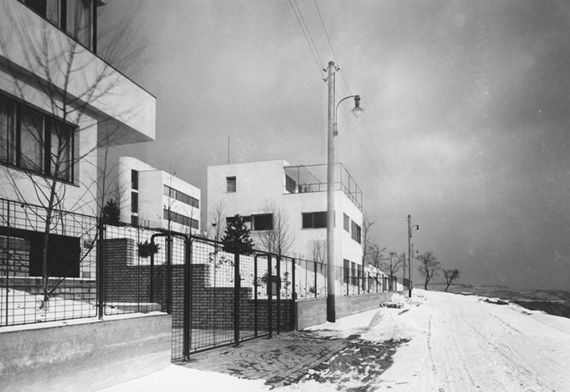
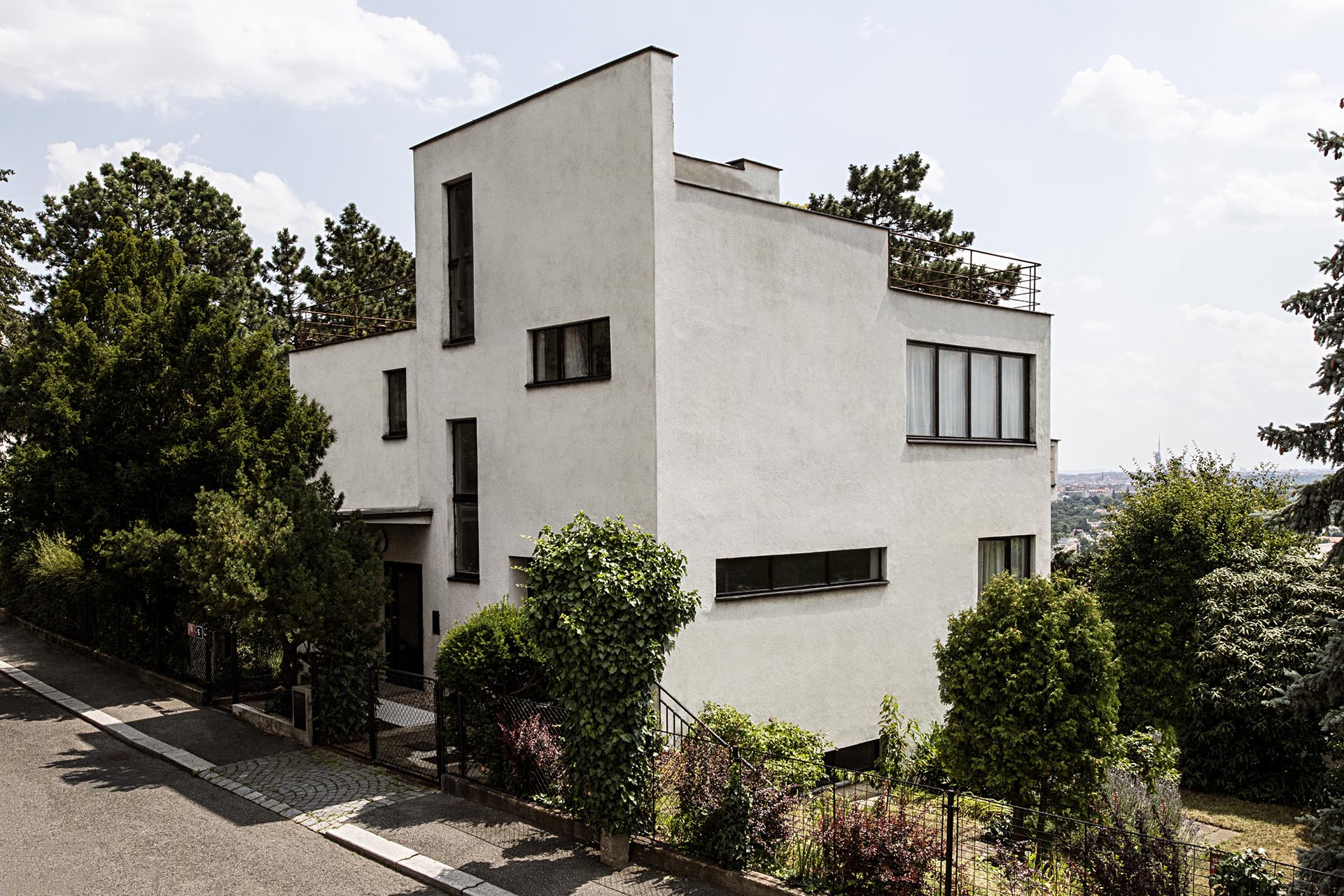

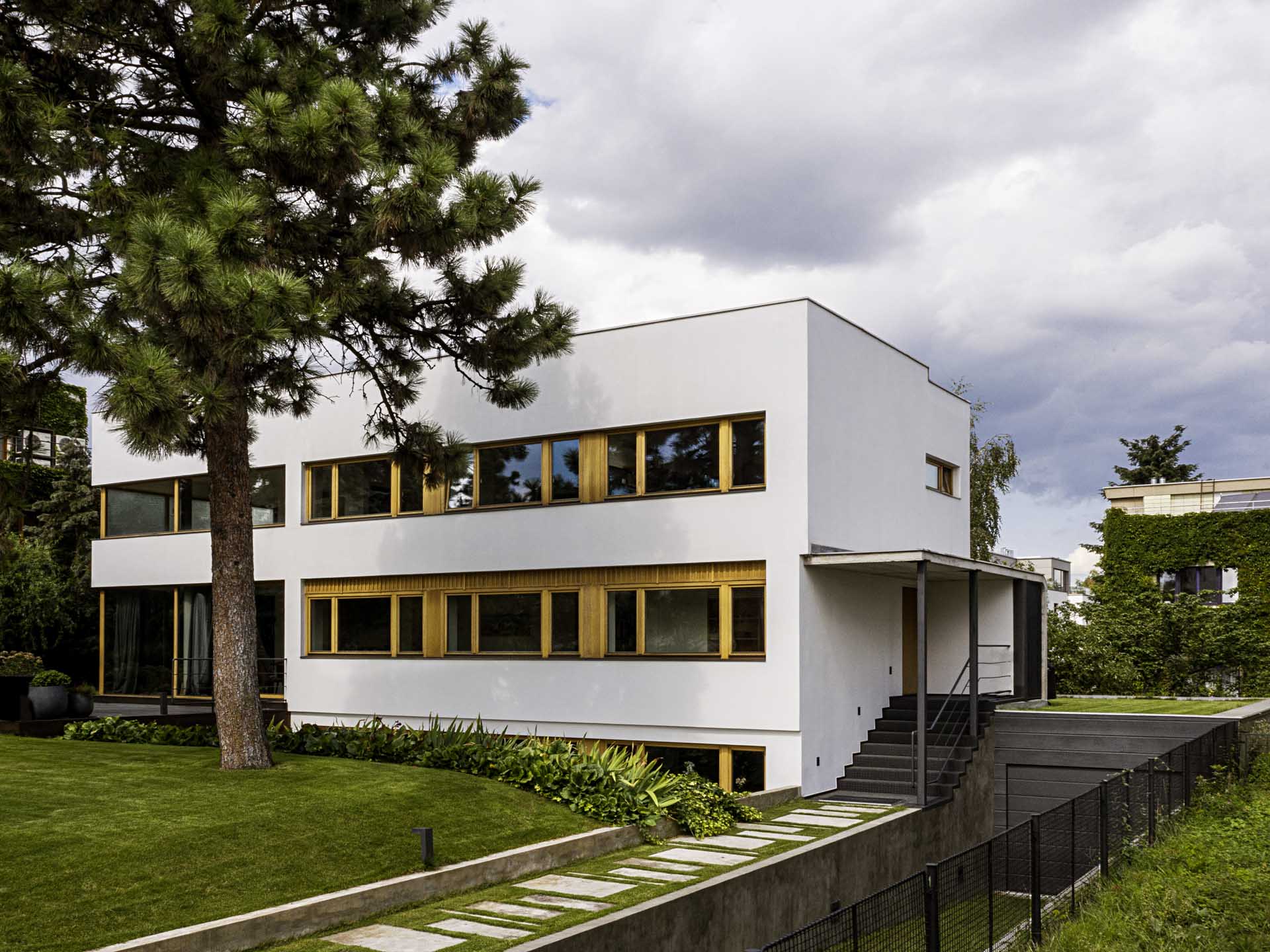
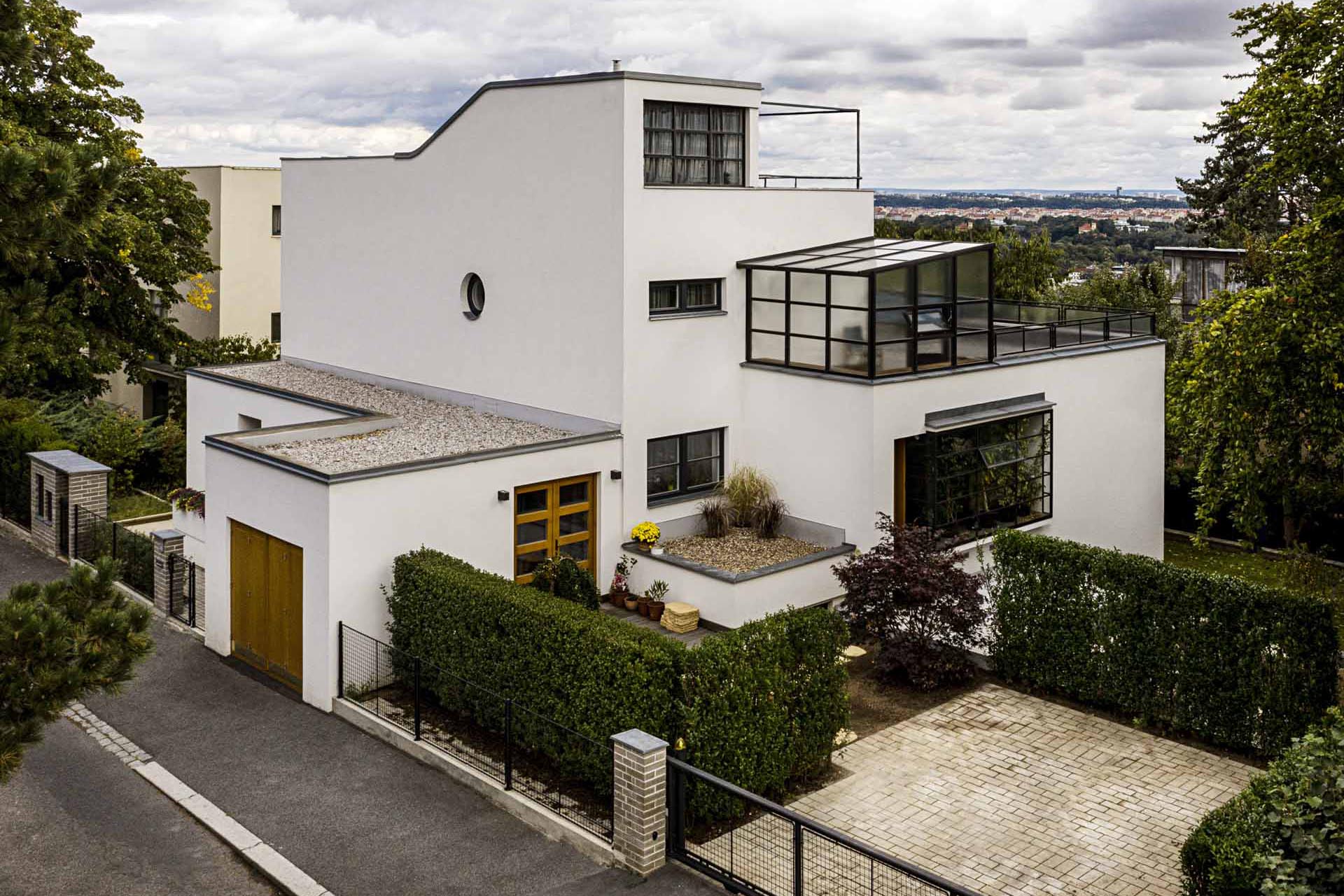

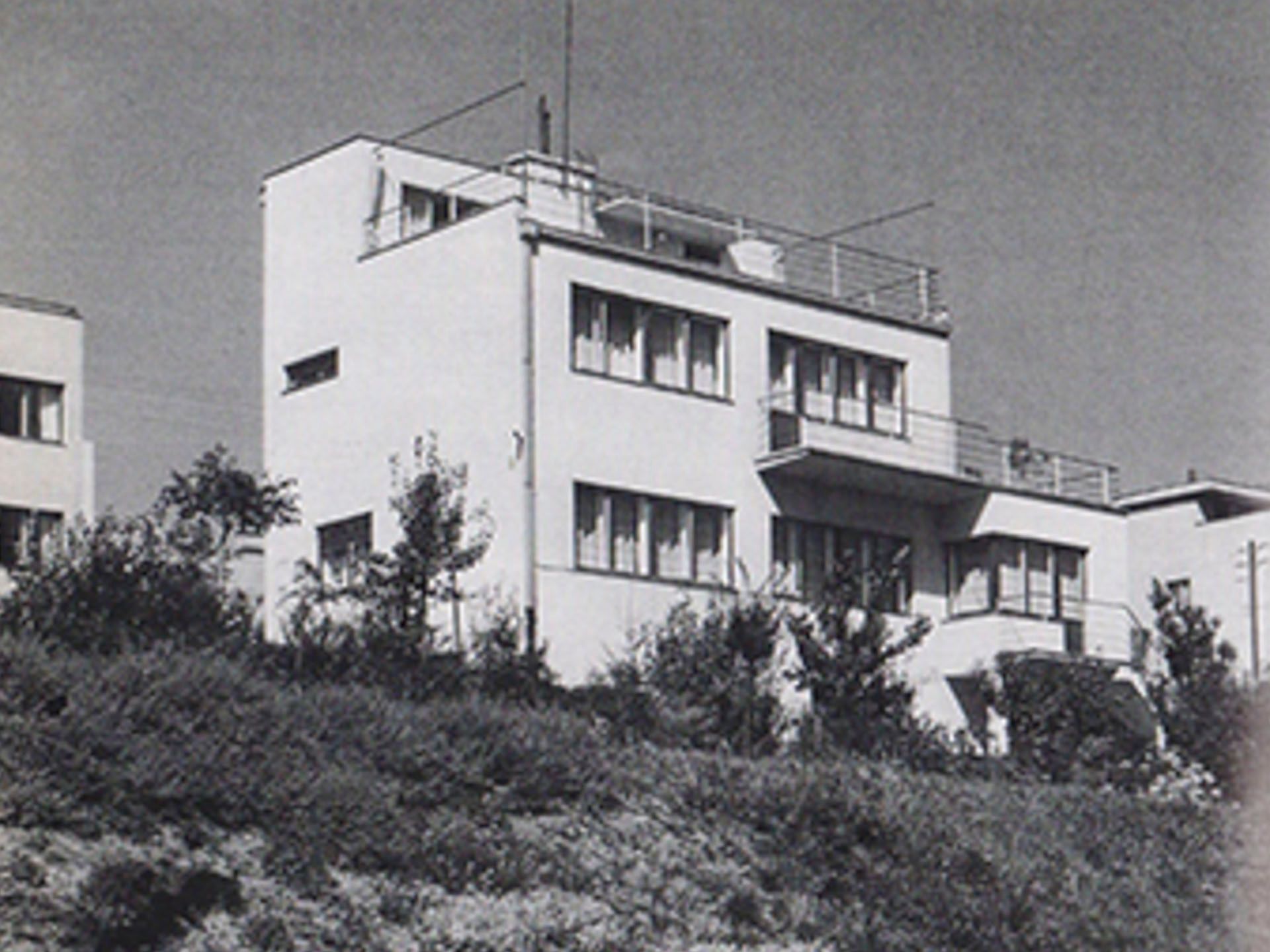
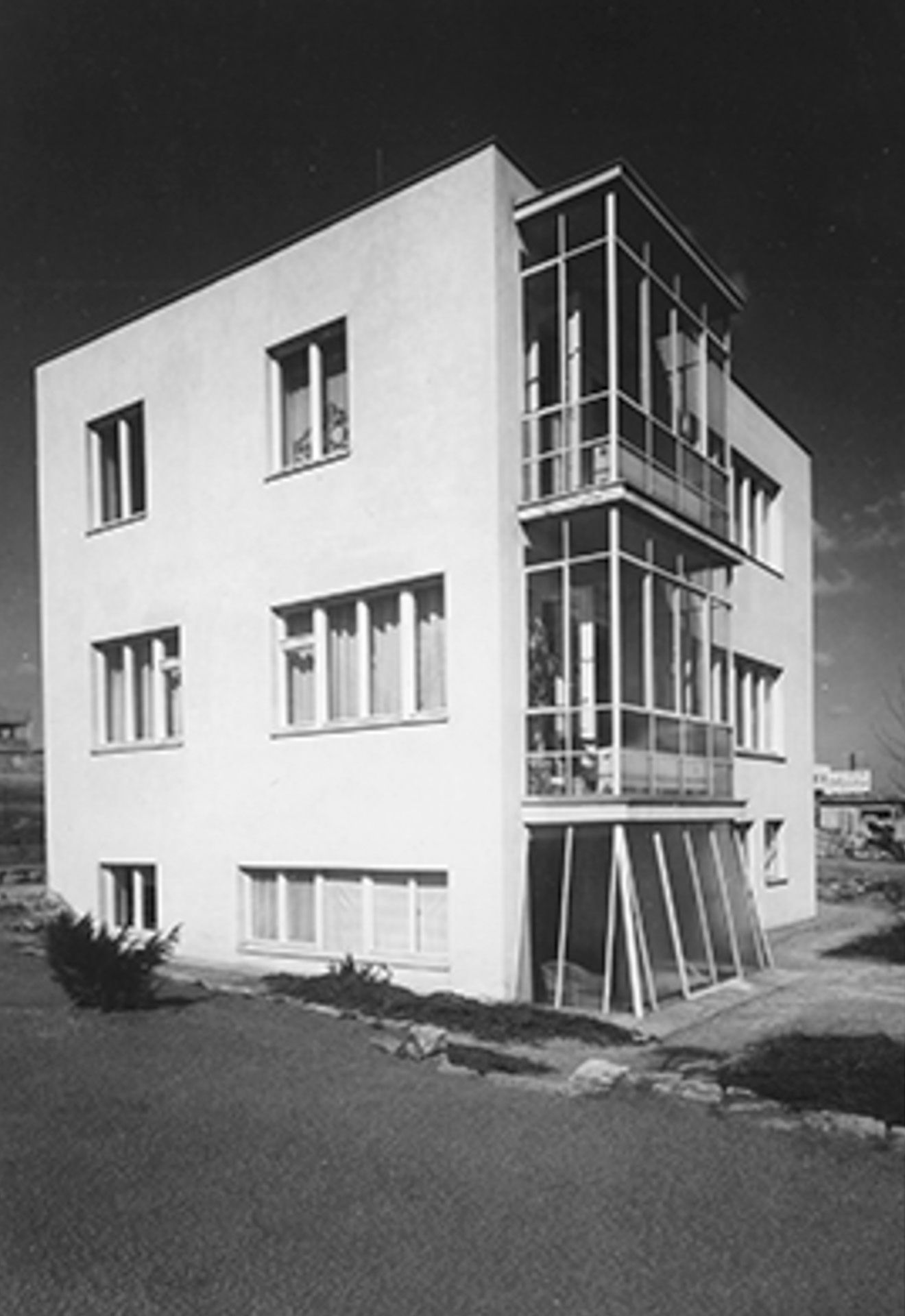


Source: baba1932.com

Creating new dimensions | Fanny Pápay

Educational alphabet book from Ukraine │ Maechka










